Why isn't Da Hong Pao a black tea? Why isn't Tieguanyin green? And why is Anji White Tea actually a green tea despite its name? The answer reveals everything about how Chinese tea types are really classified—and it has nothing to do with color.
The Classification Mystery That Confuses Every Tea Lover

Many tea lovers have heard that Da Hong Pao isn’t a black tea, Tieguanyin isn’t a green tea, and Anji White Tea isn’t actually a white tea. But why is that?
To understand, we need to look at how the six major types of Chinese tea are classified — and the answer lies in the tea production process.
How Chinese Tea Is Really Classified: Six Processes, Not Six Colors

1. Green Tea: No Fermentation
The defining feature of Chinese green tea is non-fermentation. During production, every effort is made to prevent oxidation. As a result, tea polyphenols remain close to their natural state, giving green tea its fresh, vibrant, and clean flavor.
2. Yellow Tea: Gentle Oxidation
Chinese yellow tea is often mistaken for green tea, but its key step — called “Men Huang” (sealing yellow) — is unique among all tea types. This controlled process allows slight oxidation, resulting in golden liquor and yellowish leaves.
3. White Tea: No Rolling
Chinese white tea is neither rolled nor heavily shaped. The leaves are allowed to naturally wither and dry, maintaining their original form. Because the leaf cells remain mostly intact, Chinese white tea offers a soft, creamy texture and gentle sweetness.
4. Black Tea: Full Fermentation
In many ways, Chinese black tea is the opposite of green tea. It undergoes full oxidation, turning the dry leaves and brewed liquor a rich red-brown hue. This process develops deep, malty, and sweet notes distinct from green teas.
5. Dark Tea (Hei Cha): Post-Fermentation
Chinese dark tea is known for microbial fermentation, but its true defining process is “Wo Dui” (piling and fermentation). This post-fermentation step gives dark tea its earthy aroma, mellow texture, and long-aging potential.
6. Oolong Tea: Semi-Fermentation
Chinese oolong tea, often called the most complex tea, lies between green and black tea. Its core process, “Zuo Qing” (bruising the leaves), creates partial oxidation that enhances aroma, sweetness, and floral depth, making oolong uniquely fragrant and layered.
Six Teas, Six Signature Processes

So:
-
Green tea → no fermentation
-
Yellow tea → sealed yellowing
-
White tea → no rolling
-
Black tea → full fermentation
-
Dark tea → piling (Wo Dui)
-
Oolong → bruising (Zuo Qing)
Each process corresponds to one of the six classic Chinese tea categories in traditional tea culture.
Solving the Mystery: Why Names Can Mislead

So, to answer our questions… Da Hong Pao isn’t black tea because its production involves the “Zuo Qing” process typical of oolong teas. In fact, Da Hong Pao is a famous Wuyi rock oolong, a signature of Fujian’s mountainous terroir.
Tieguanyin isn’t green tea for the same reason — it’s also an oolong. More specifically, it’s made from a unique Tieguanyin cultivar, grown and crafted exclusively for this traditional Chinese tea style.
As for Anji White Tea, despite its name, it follows green tea processing methods. It comes from the Baiye No. 1 variety, which naturally produces pale, “white” leaves in early spring. That’s why it’s called “white tea” by habit, though technically it’s a type of premium green tea.
Ready to experience these legendary teas for yourself? Our premium oolong tea collection features authentic DaHongPao and Tieguanyin sourced directly from traditional tea gardens in Fujian. Or explore our curated white tea selection that showcases the delicate craft behind this misunderstood treasure.
What About Jasmine Tea? Why It's Neither Green Nor White

Many people wonder how to classify Chinese jasmine tea.
While its tea base is usually made using traditional green tea processing, jasmine tea itself isn’t green tea. Its signature process is “scenting” (Yin Hua) — layering tea leaves with fresh jasmine blossoms to allow them to absorb floral aroma.
During this process, chemical transformations also occur — tea polyphenols restructure, resulting in the crystal-sweet, honeyed flavor that defines high-quality jasmine tea.
Because of this deep transformation, jasmine tea is classified as a reprocessed tea, not a pure green tea.
And although jasmine needle teas may look similar to White Hair Silver Needle (Baihao Yinzhen), they differ completely in craftsmanship. The resemblance comes from:
- Overlapping raw materials — both often use Fujian’s Dabai or Dahao cultivars.
- Aesthetic processing — jasmine tea leaves are unrolled to preserve a beautiful needle-like shape.
Beyond Names and Colors: Understanding Tea Through Craft

From the six main Chinese tea types to reprocessed teas like jasmine, this framework covers almost every authentic Chinese tea we encounter in daily life. Understanding these distinctions helps us appreciate that Chinese tea classification isn’t about color or name — it’s all about craftsmanship and process.
The next time you encounter a confusingly-named tea, remember: look for the process, not the color.
Want to deepen your tea knowledge through tasting? Browse our complete Chinese tea collection and experience how traditional processing methods create distinct flavors across all six authentic Chinese tea categories. From premium oolongs to rare puer tea, discover the craftsmanship in every cup.
Until next time, happy steeping.


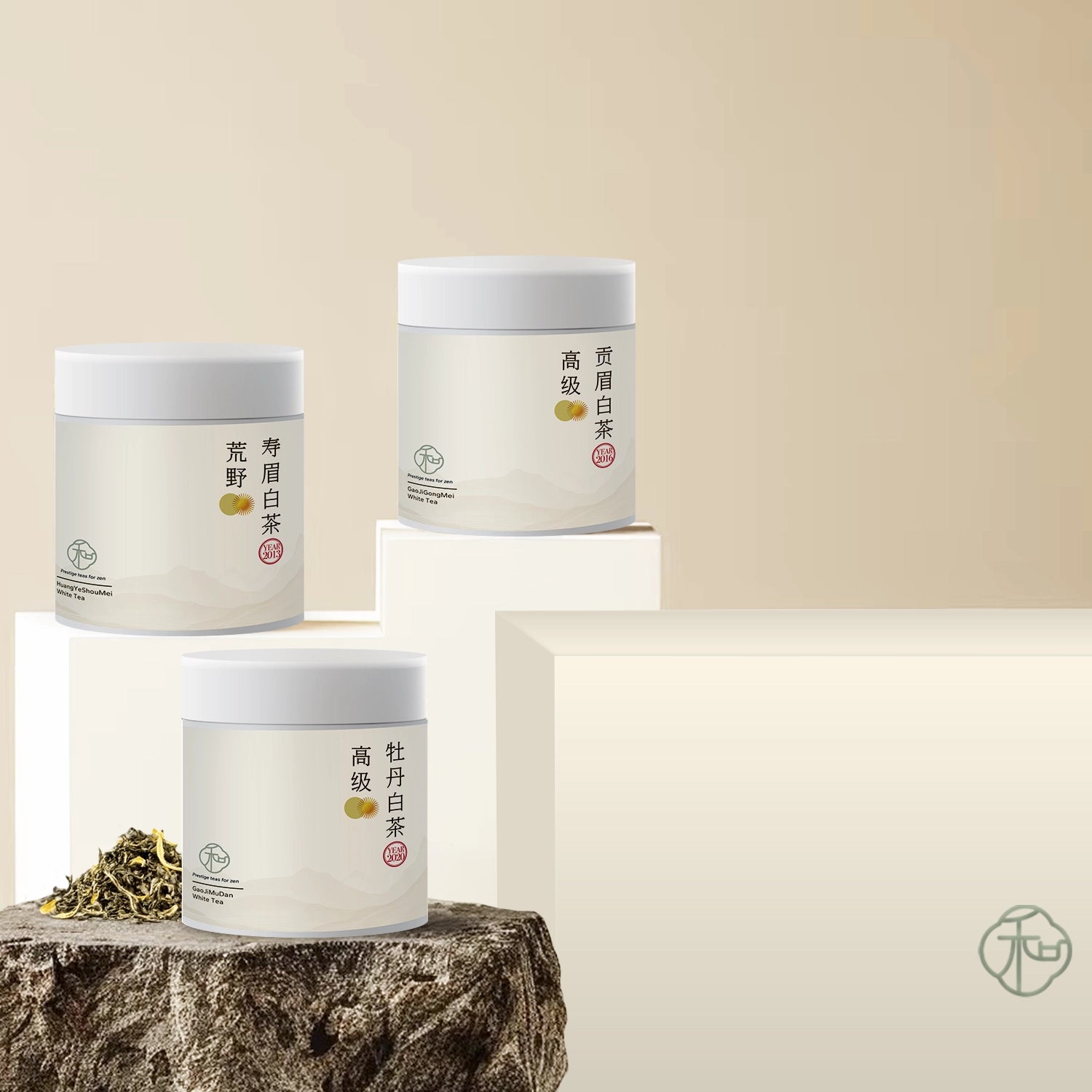
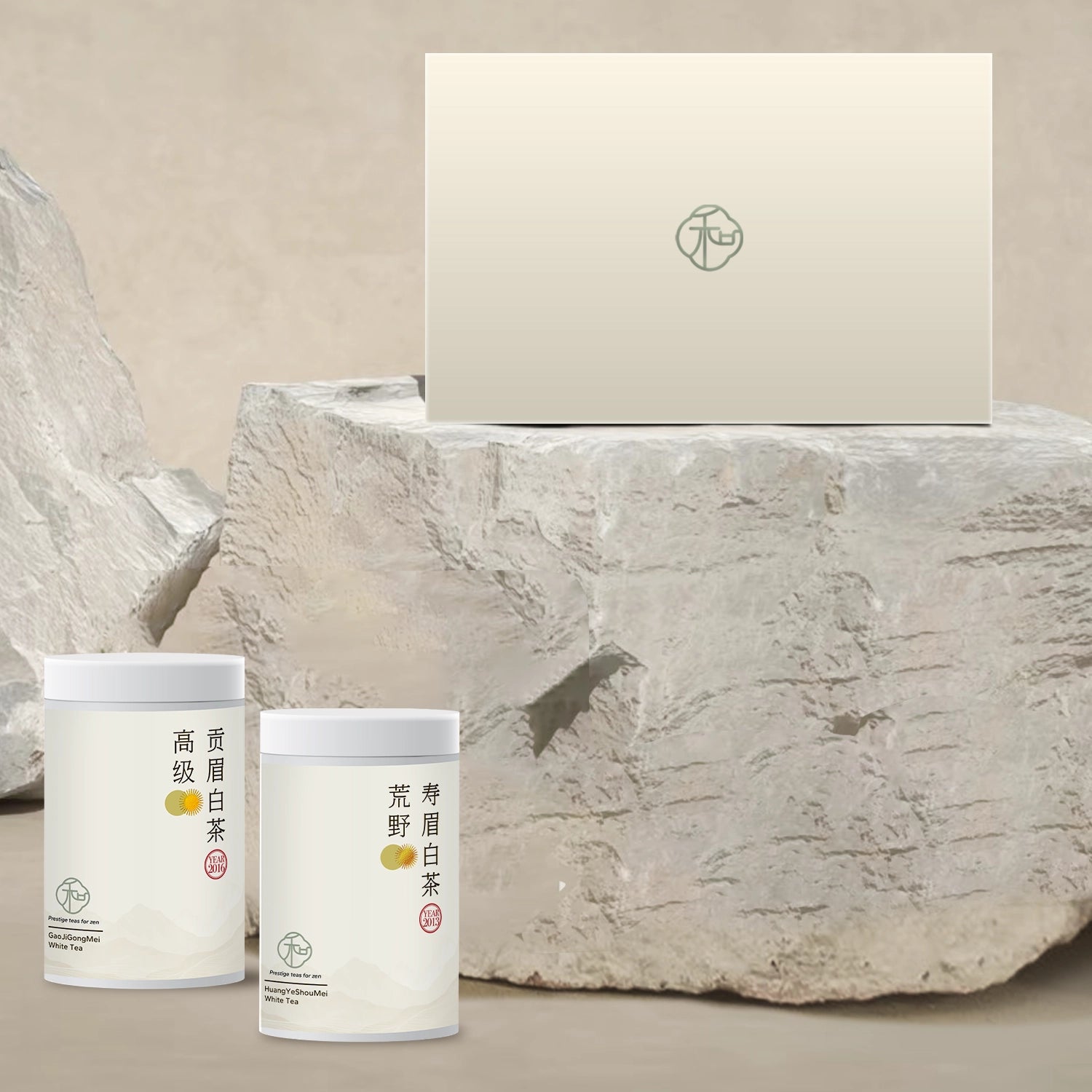
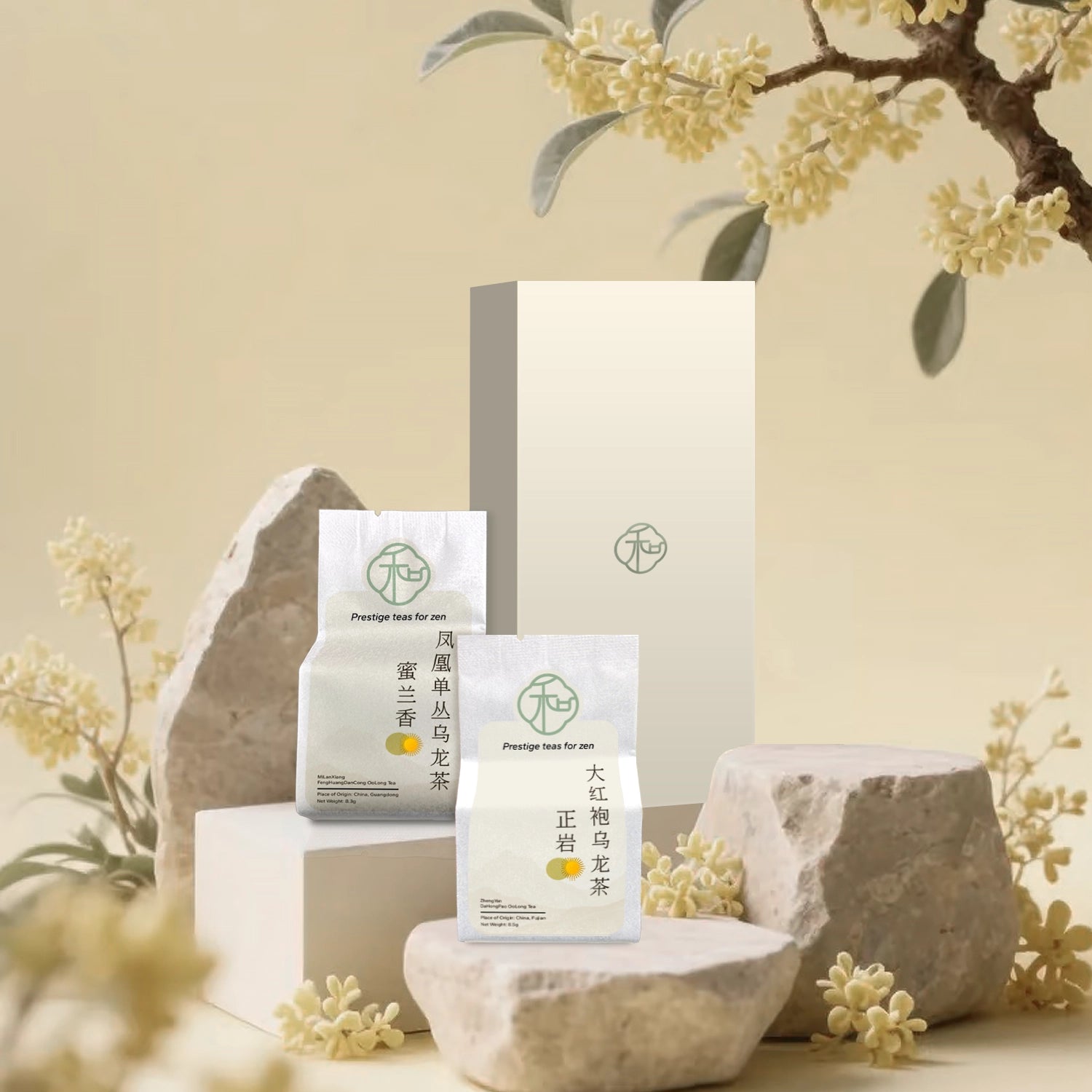






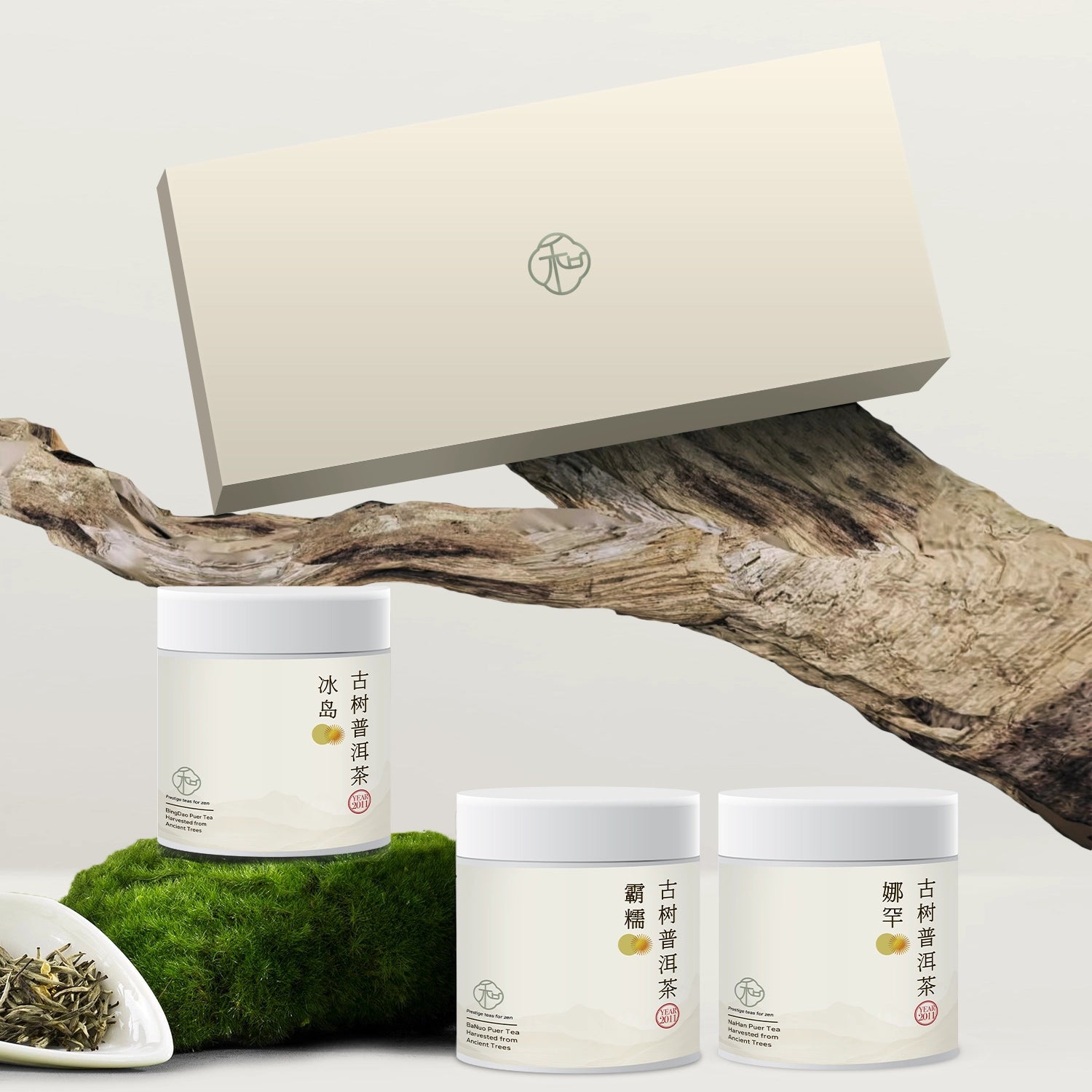
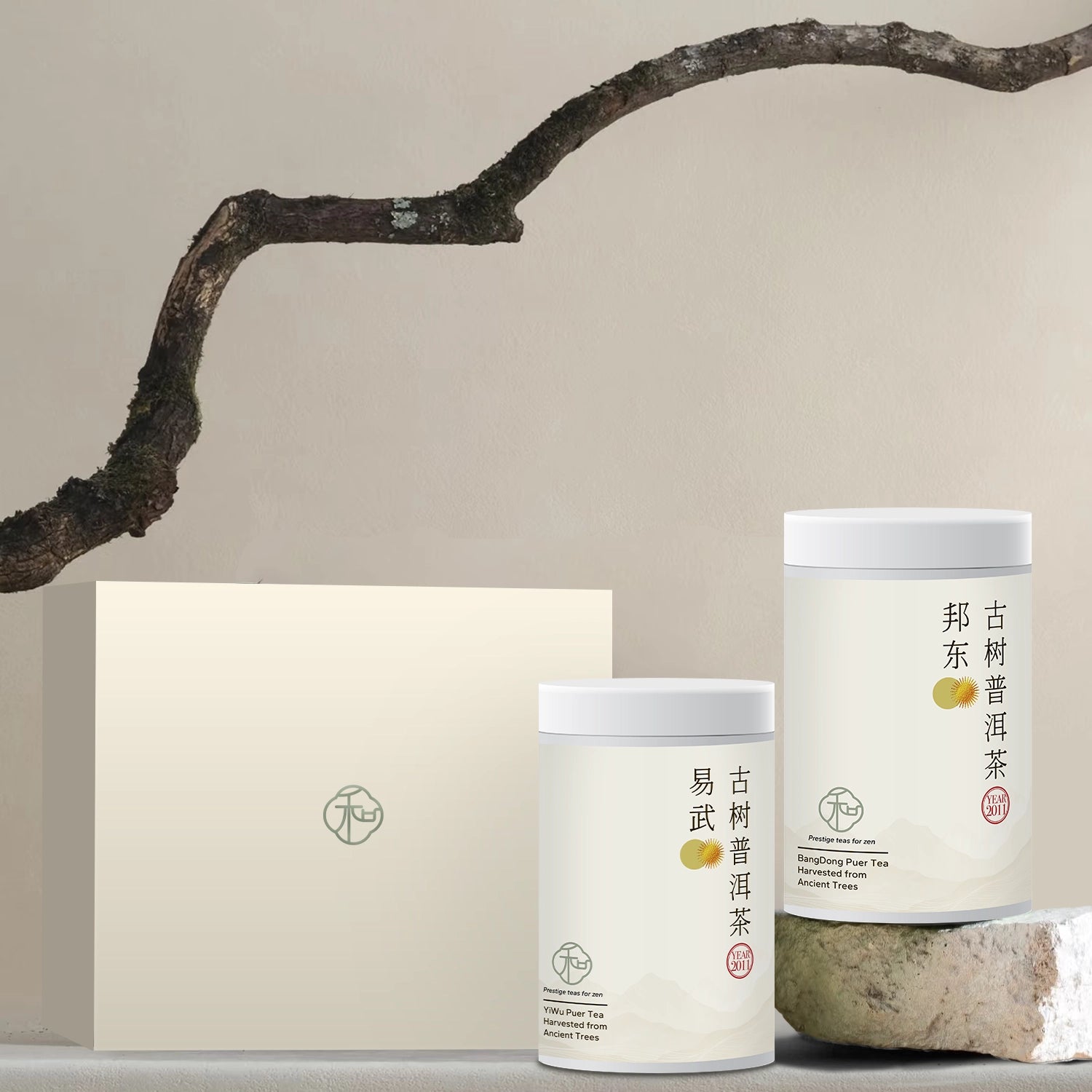
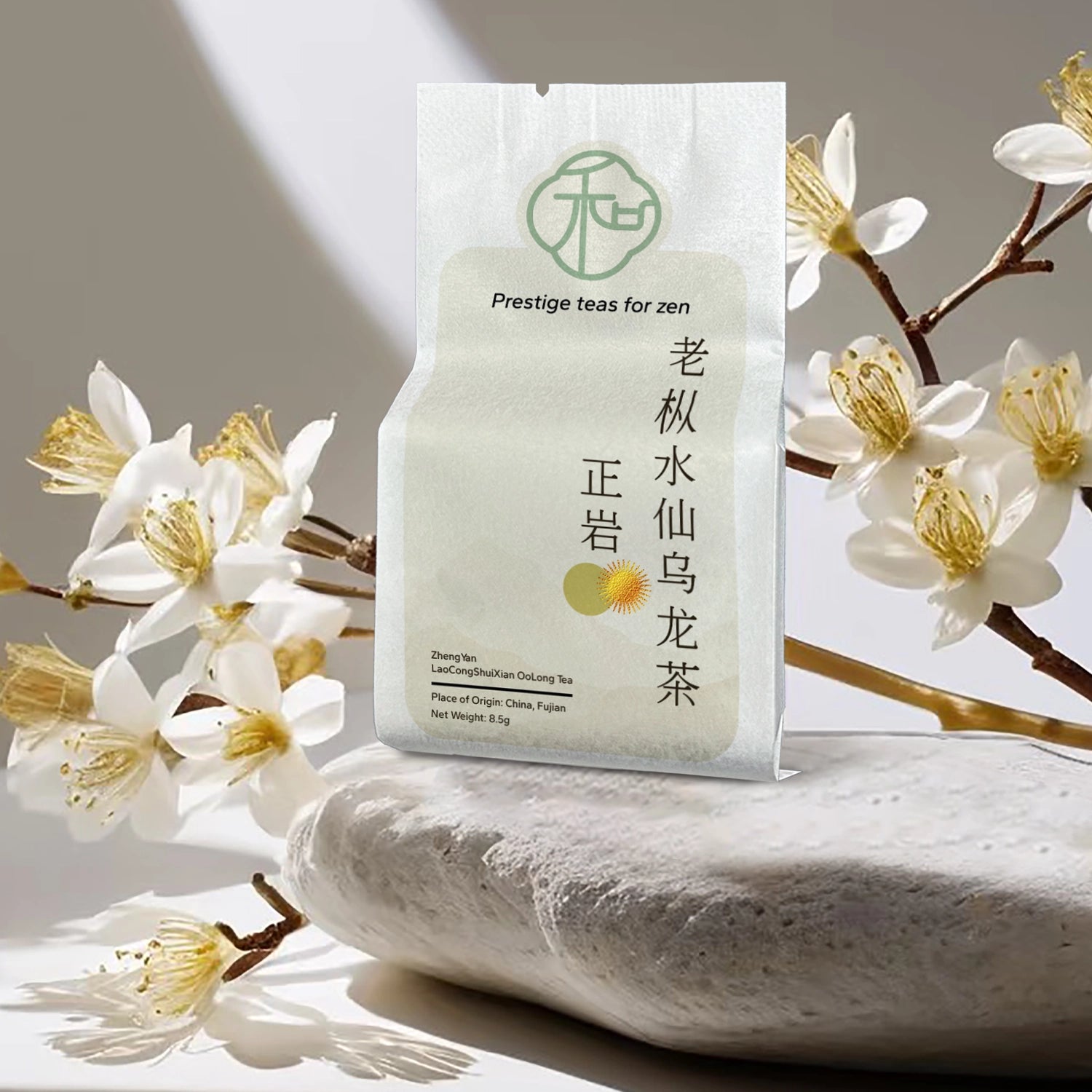
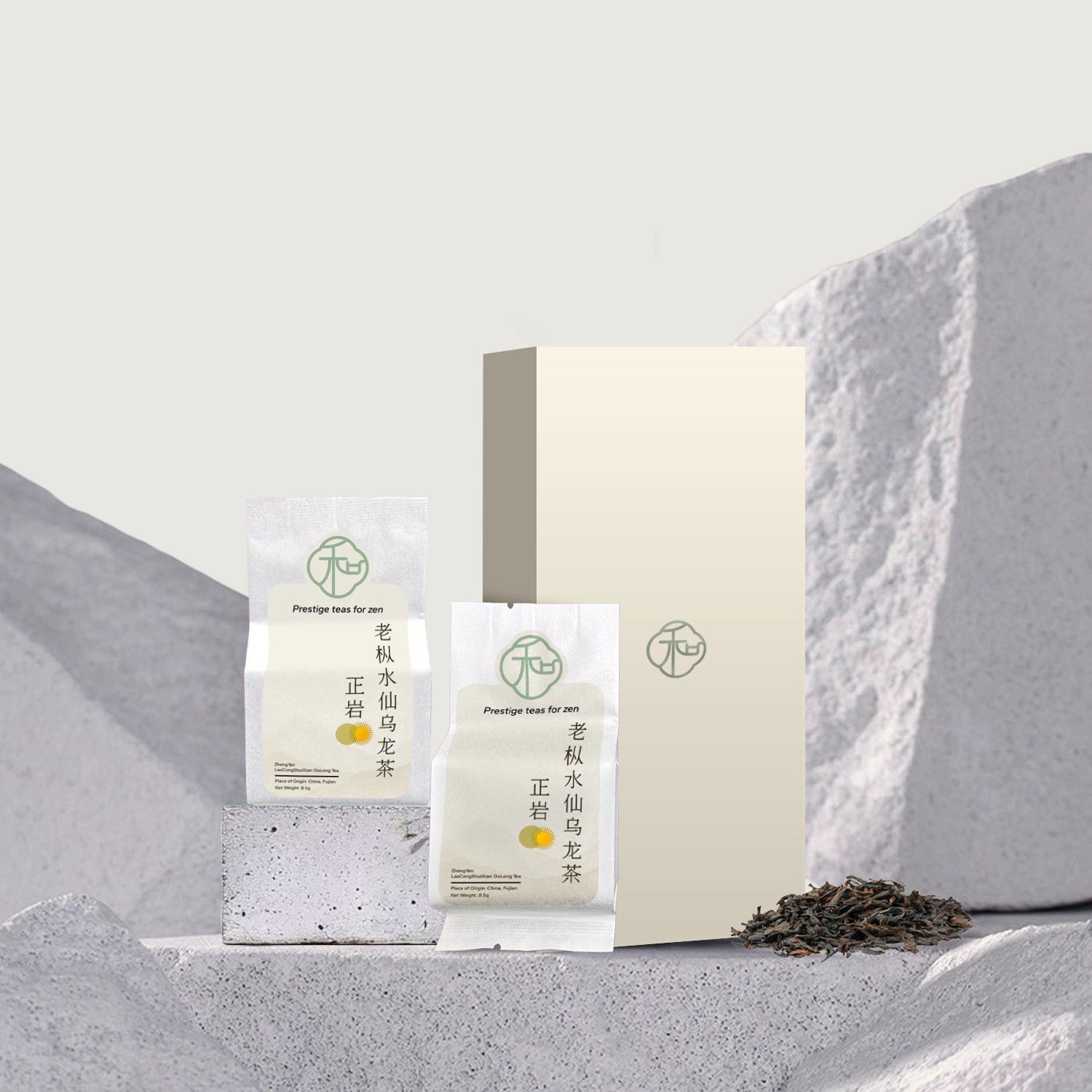
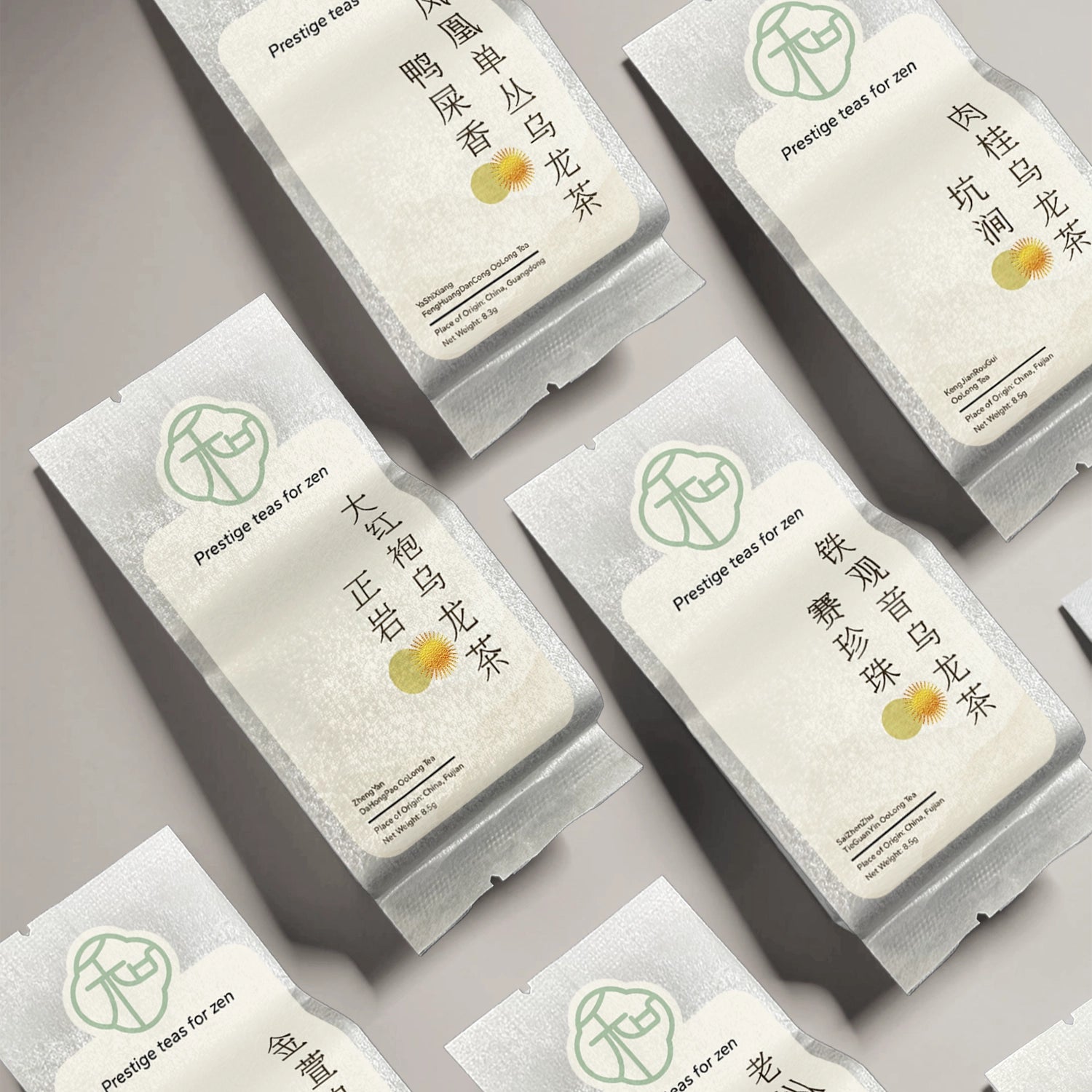
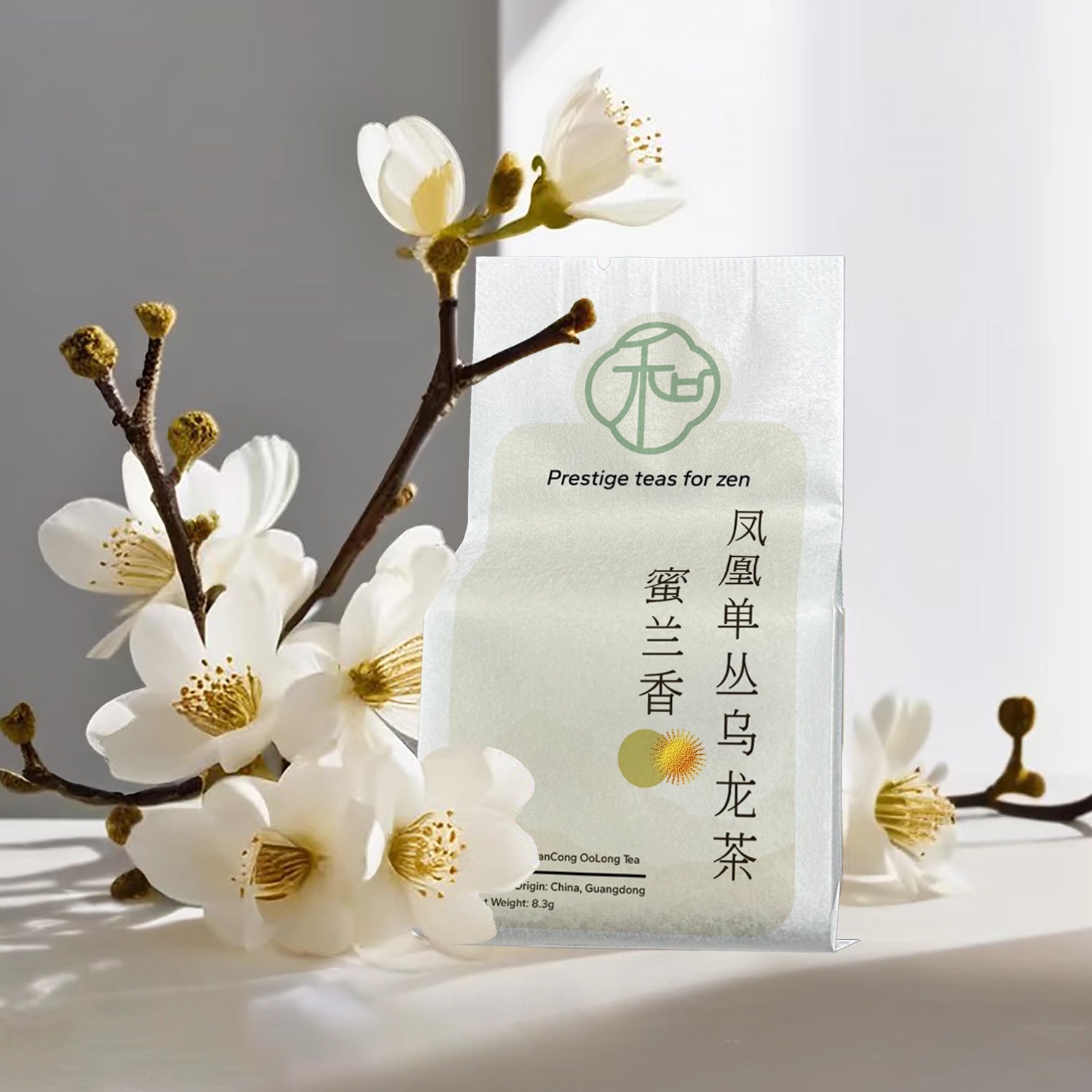
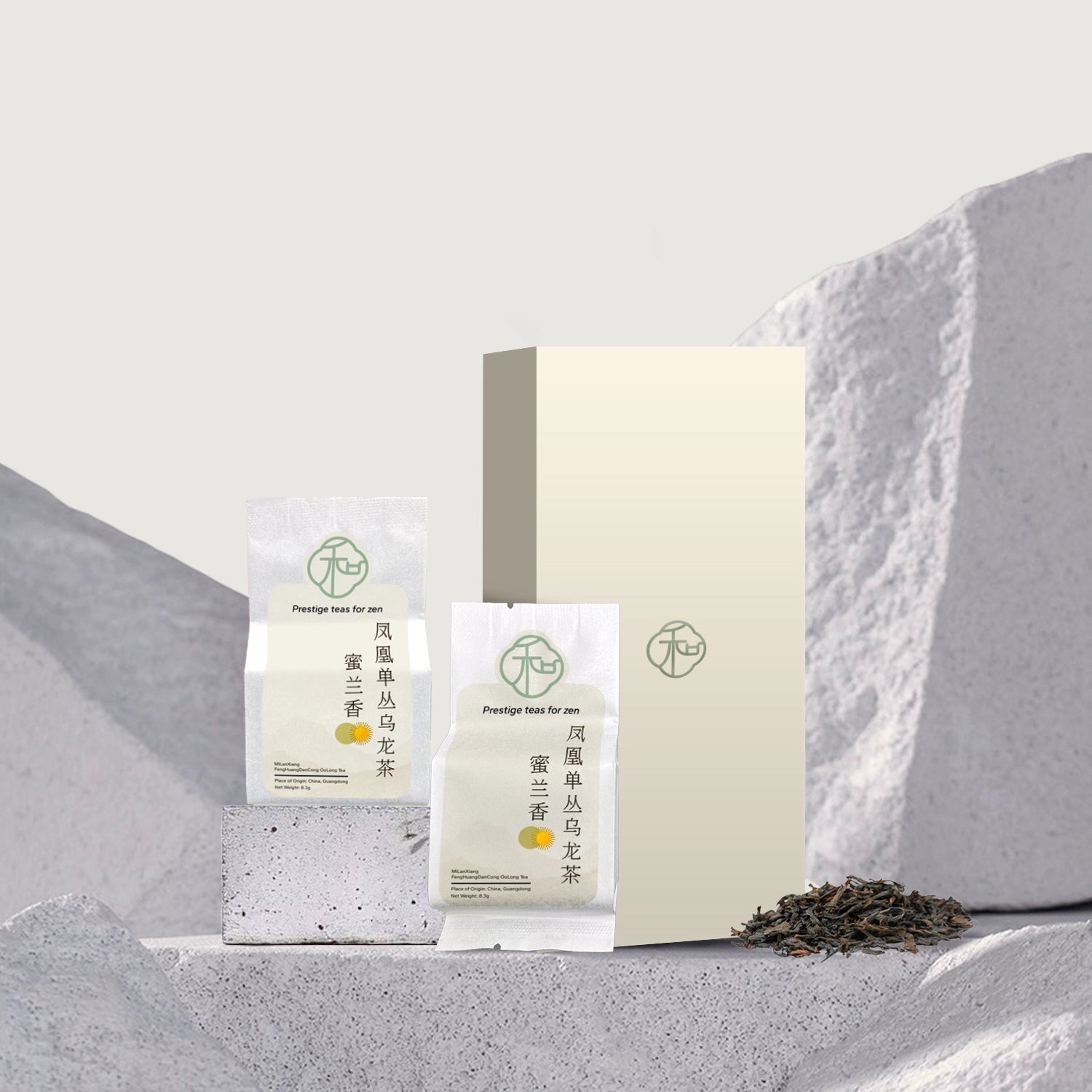
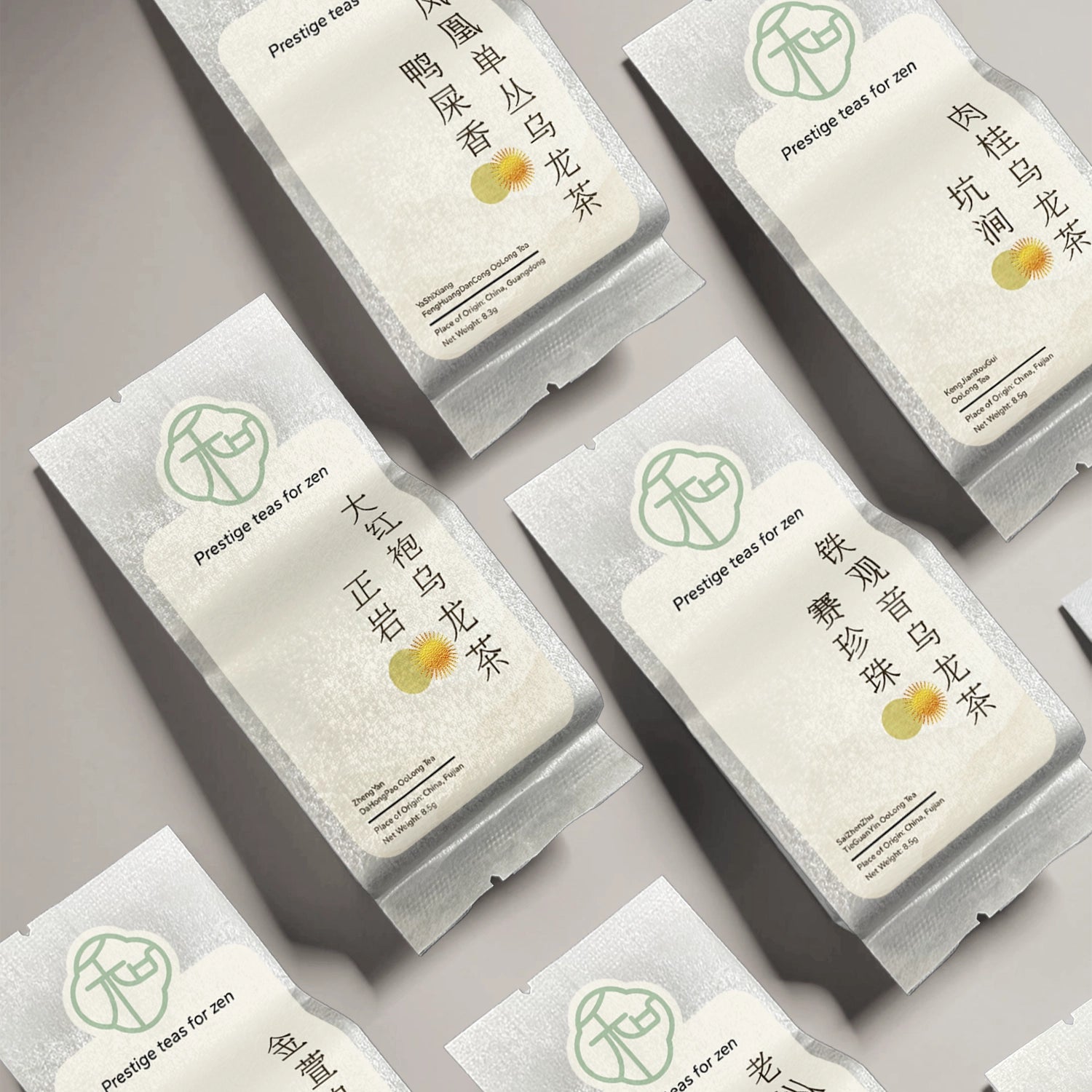
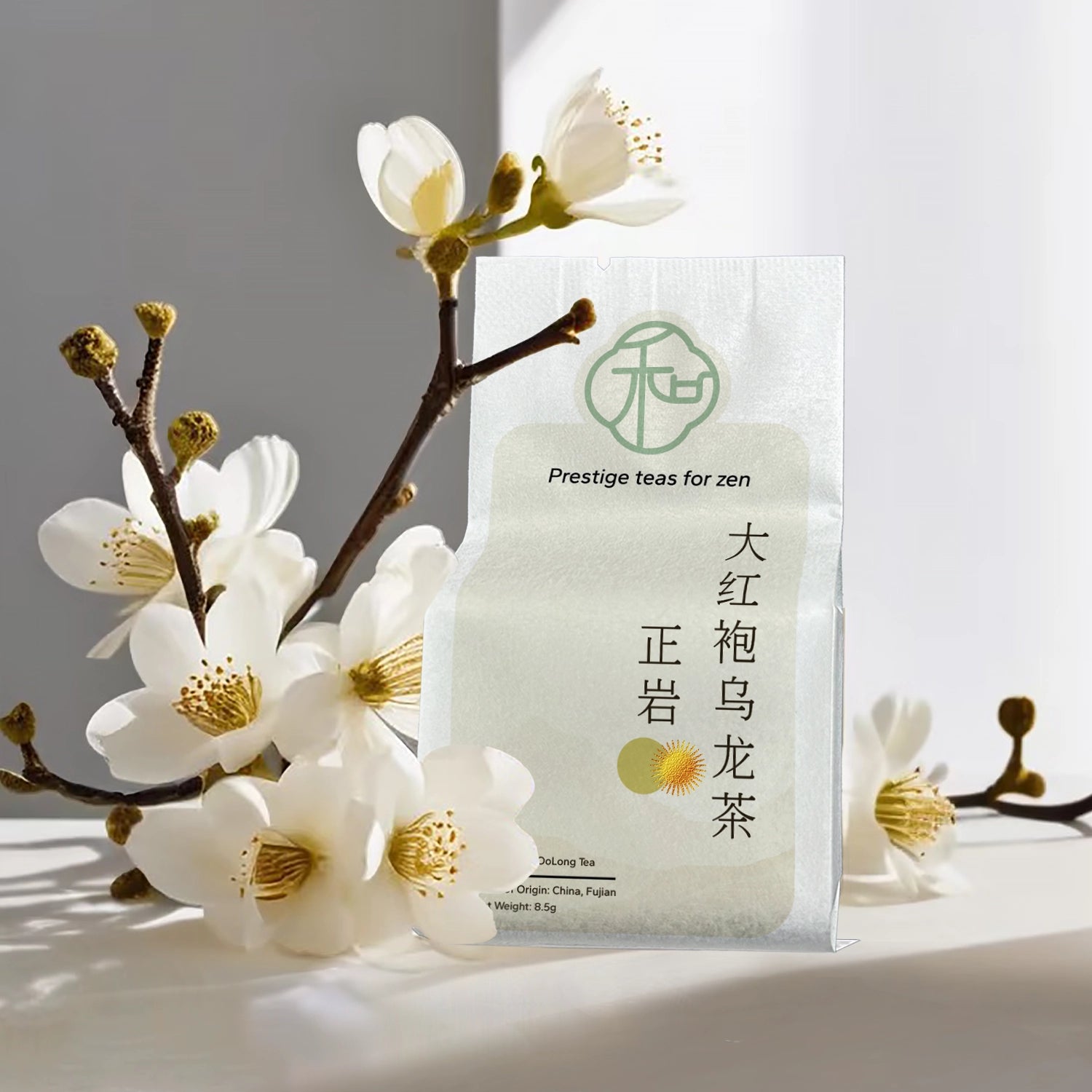
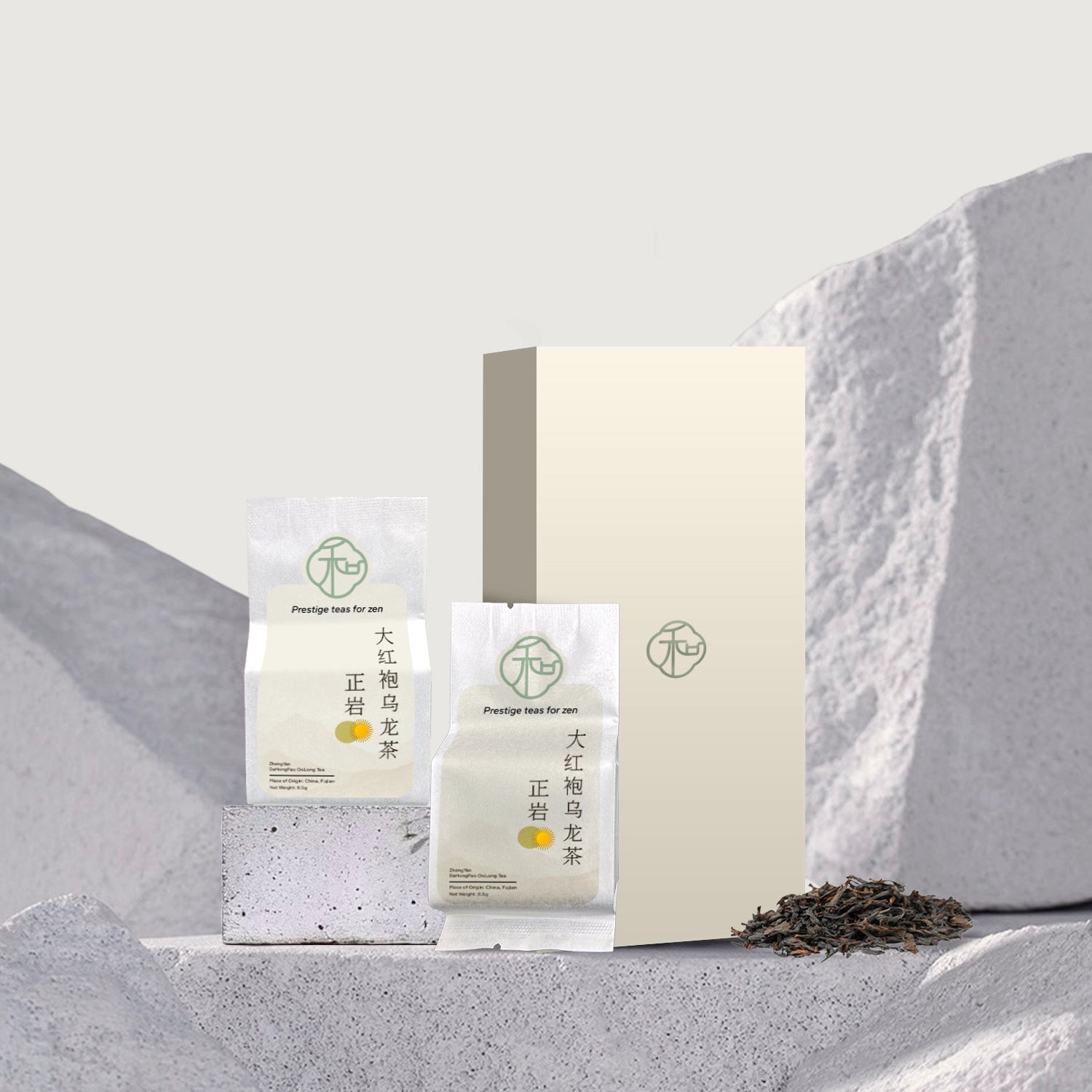
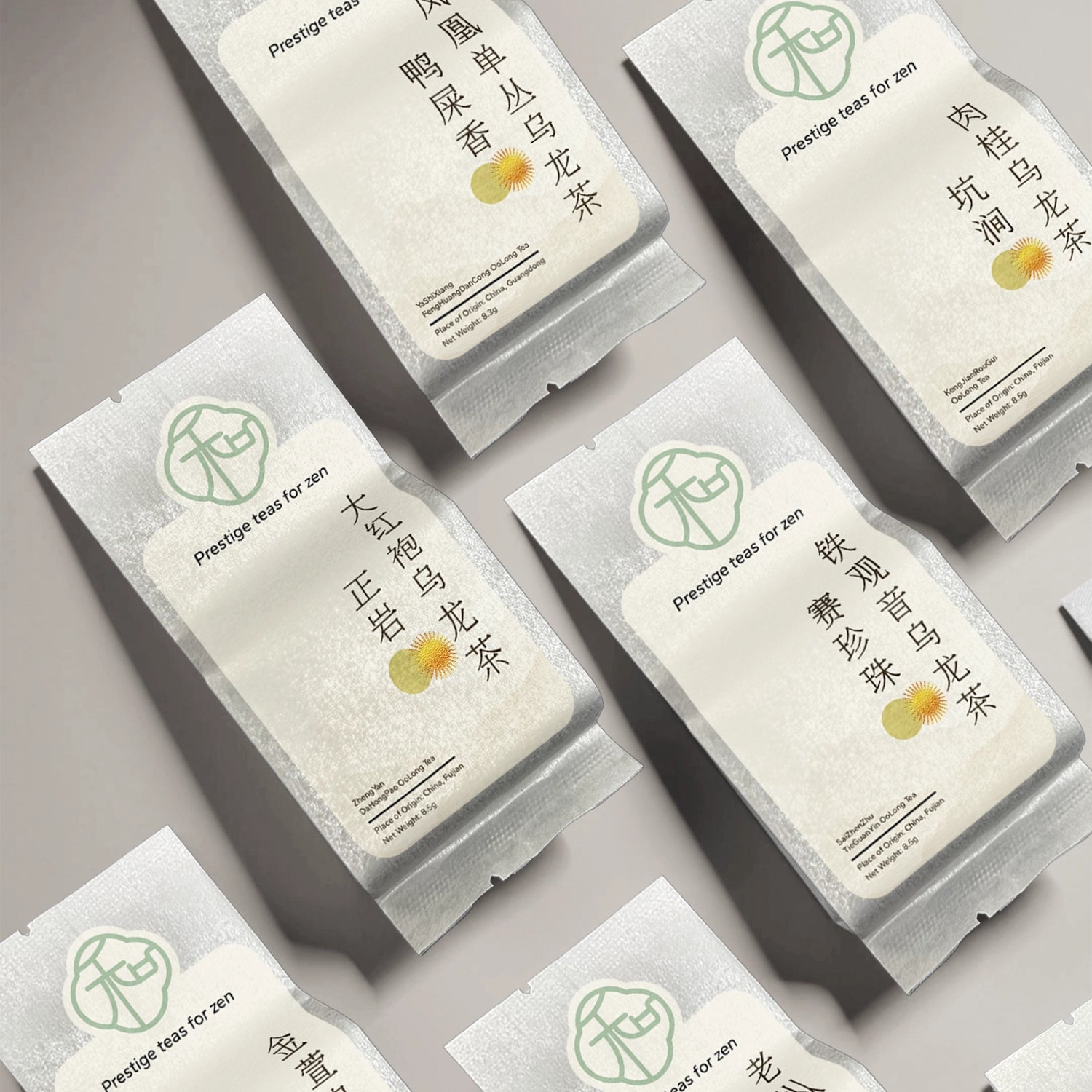
0 comments